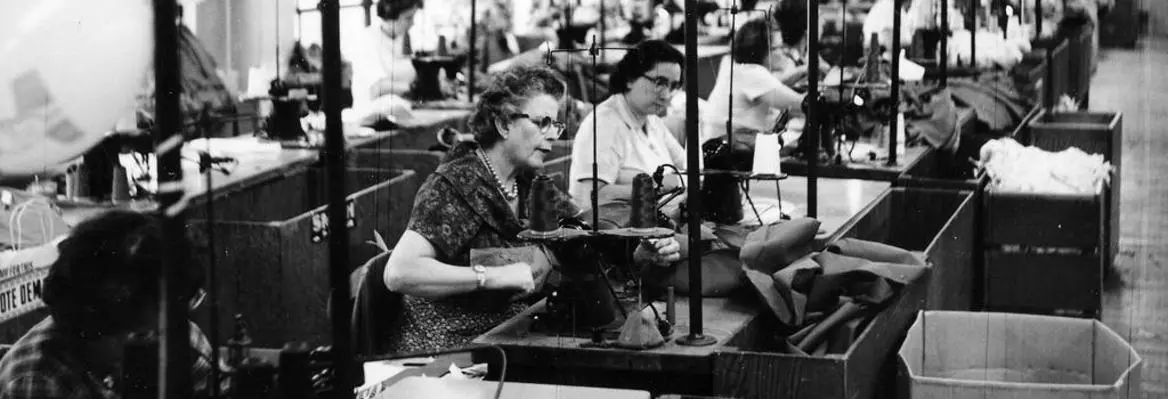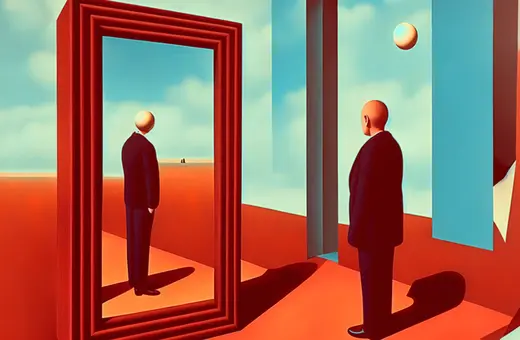In 2013, a time when capitalism ruled the world, the former British Library precinct within the British Museum − where Karl Marx once spent many productive years calculating this outcome − hosted an exhibition of the earliest evidence of human imagination. Ice Age Art assembled a cornucopia of figurative objets d'art created up to 40,000 years ago (or more), depicting humans and the other animals with whom they shared space.
The audience was greeted by voluptuous fecundity: ripe, round female figures, with reindeers in flight, fish, birds, mammoths, lions, flutes, fish hooks, needles, and an occasional male. I trust that Marx would have been awed.
T.J. Clark, a distinguished art critic, was not so much awed as affronted by the sheer, surprising woman-ness of this universe. Writing in the London Review of Books he catches himself out for assuming that the image-makers were men, and concedes the prevailing inference that it is "more likely" that the creators were women. He speculates on pregnancy not as the moment when women's bodies are home to another, but as a kind of alienation, "a body becoming other to itself." It is also "fearful, astonishing, ominous", he mutters, and the figurines "fat, fat, fat". He acknowledges what many of his readers, no doubt, will have already guessed: "I know I am lost." No willies, few weapons, no bodies whose raison d'être is to be desired.
But during my three visits there, I sensed not estrangement but wonder, whispered joy, the intoxicated rustle of spectators fascinated by imagination that appeared to be − as the children's illustrator Maurice Sendak said of himself before he died in 2012 − "in love with the world". But who knows? Who knows what or how they were thinking, these Ice Age humans? Who knows what they intended their audience to see and feel, and what they wanted their creations to mean?
That said, this art does seems to enunciate a challenge to an Enlightenment notion − recently reiterated by Steven Pinker in his grand theoretical work of 2012, The Better Angels of Our Nature: Why Violence Has Declined − that our ancestors were brutal and brutalized (and blokes), making their way in the world savagely; that they are strangers to us because we, their refined descendents, are uniquely rational, prosperous, democratic and pacific.
From three (yes, three) corpses of men who lived a mere 5000 years ago, Pinker is able to deduce the existence of general homicidal tendencies that, through evolution and enlightenment, have now been tamed. I would be much more cautious about inferring anything so definite about life in the era of Ice Age, whether from their art or indeed their cadavers. We surely cannot claim that it was either peaceful or violent: we don't know. But whatever else it is, Ice Age art is a forensic riposte to fantasies of liberal, capitalist modernity as progress to prosperity, democracy, peace and love.
Ice Age imagination reminds us that war and peace have histories, they are social practices; that violence between humans is not universal, eternal, inevitable and valorised. And what's more, violence and crime are specialisms − almost exclusively associated with specific cultures that create masculinity-as-domination. Feminism insists that violence is not biological or hormonal, but social; that crime, violence and war are productive of power; that they are − as theorists in second-wave feminism ventured − "resources" in the "achievement" or "doing" or "performance" of masculinities.















Join the conversation